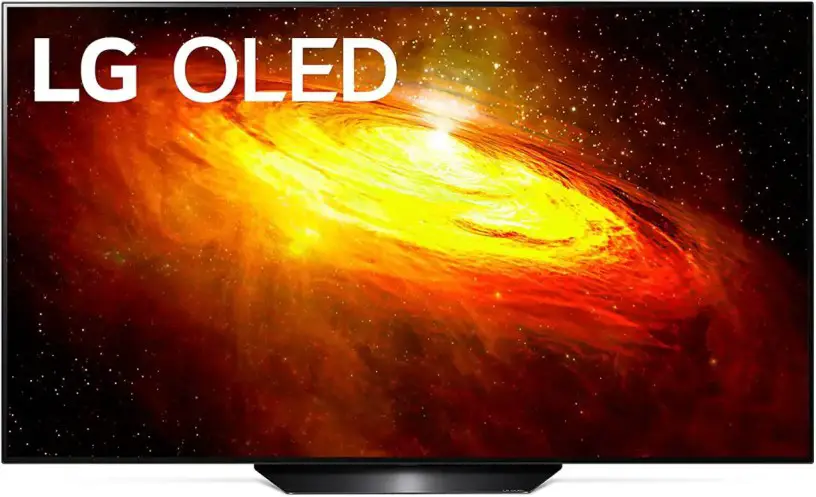By Phillip Swann
The TV Answer Man –Follow on X.
TV Answer Man, I have heard you say that OLED TV has the best picture but prices for OLED TVs are so high compared to other TVs. Why is that? — Tony, Las Vegas.
Tony, that’s a great question. OLED TVs have now been around for almost 10 years but they still cost from $300-500 more than comparable premium models from manufacturers such as Samsung and Sony. Even with more manufacturers (LG, Sony, Samsung, Panasonic) now selling OLED TVs, the prices don’t seem to get any cheaper. For instance, a new Sony 55-inch OLED TV is now running almost $1,400 at Amazon while a LG 65-inch OLED is nearly $1,600.
I’m sure a few old timers might point out that a LG 55-inch OLED TV cost $14,999 in 2014 when it was first introduced. But that won’t make anyone feel better when they are shopping for one today.
Why OLED TVs Are So Expensive
So why are OLED TVs so expensive? Two major reasons:
1. Production Issues
The OLED was priced so high back in 2014 because at the time it was extremely difficult to manufacture the ultra-thin set. The panels were so thin (just 0.17 inches thick) that LG could only make so many of them so it had to keep prices high and therefore demand low. Since then, LG has streamlined the OLED production process, which has allowed it to manufacture more sets.
Plus, Samsung, Vizio, Sharp, Sony and Panasonic have jumped in with OLED models, creating more competition and manufacturing dollars. This has allowed the OLED TV makers to lower prices somewhat. But the production problem continues to exist, though, which has contributed to keeping prices high.
2. Marketing
The OLED TV arguably offers the best picture on the market. The set combines some of the best features of Plasma and LED sets, displaying deep blacks and high contrast levels. The result is that the OLED TV’s eye-popping picture and sleek style is a real dazzler. I have never met a display expert yet who hasn’t gushed over an OLED TV’s picture.
LG, which has been the biggest advocate of OLED, has wisely capitalized on the set’s reputation, creating a market perception that it’s a unique TV and therefore worthy of unique prices. The company, and other manufacturers, are keeping OLED prices where they are because it’s working. Why lower prices if you don’t have to?
Now you might say that they would sell more sets if they lowered prices. True, but then they would likely run into bigger production issues which in turn would lead to possible OLED shortages. Better to have expensive sets in stores than no sets in stores for any extended period of time. The latter would dampen interest and ultimately perhaps make consumers forget about the best TV on the market.
Tony, hope that helps. Happy viewing and stay safe!
Have a question about new TV technologies? Send it to The TV Answer Man at swann@tvanswerman.com Please include your first name and hometown in your message.
The TV Answer Man is veteran journalist Phillip Swann who has covered the TV technology scene for more than three decades. He will report on the latest news and answer your questions regarding new devices and services that are changing the way you watch television. See the bio for Phillip Swann here.

